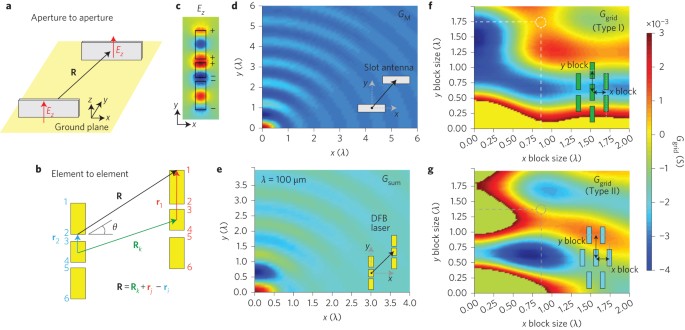- Select a language for the TTS:
- UK English Female
- UK English Male
- US English Female
- US English Male
- Australian Female
- Australian Male
- Language selected: (auto detect) - EN
Play all audios:
Orphan drug development is a rapidly expanding field. Nevertheless, clinical trials for rare diseases can present inherent challenges. Optimal study design and partnerships between academia
and industry are therefore required for the successful development, delivery and clinical approval of effective therapies in this group of disorders. Access through your institution Buy or
subscribe This is a preview of subscription content, access via your institution ACCESS OPTIONS Access through your institution Access Nature and 54 other Nature Portfolio journals Get
Nature+, our best-value online-access subscription $29.99 / 30 days cancel any time Learn more Subscribe to this journal Receive 1 digital issues and online access to articles $119.00 per
year only $119.00 per issue Learn more Buy this article * Purchase on SpringerLink * Instant access to full article PDF Buy now Prices may be subject to local taxes which are calculated
during checkout ADDITIONAL ACCESS OPTIONS: * Log in * Learn about institutional subscriptions * Read our FAQs * Contact customer support REFERENCES * Nguengang Wakap, S. et al. Estimating
cumulative point prevalence of rare diseases: analysis of the Orphanet database. _Eur. J. Hum. Genet._ 28, 165–173 (2020). Article Google Scholar * Rosales, X. Q. et al. The North American
mitochondrial disease registry. _J. Transl Genet. Genom._ 4, 81–90 (2020). Google Scholar * Reid Thompson, W. et al. A phase 2/3 randomized clinical trial followed by an open-label
extension to evaluate the effectiveness of elamipretide in Barth syndrome, a genetic disorder of mitochondrial cardiolipin metabolism. _Genet. Med._ 23, 471–478 (2021). Article Google
Scholar * Germain, D. P. et al. Treatment of Fabry’s disease with the pharmacologic chaperone migalastat. _N. Engl. J. Med._ 375, 545–555 (2016). Article Google Scholar * Tandon, P. K.
& Kakkis, E. D. The multi-domain responder index: a novel analysis tool to capture a broader assessment of clinical benefit in heterogeneous complex rare diseases. _Orphanet J. Rare
Dis._ 16, 183 (2021). Article Google Scholar Download references ACKNOWLEDGEMENTS C.P. is supported by a Clore Duffield Foundation grant. R.D.S.P. is supported by a Medical Research
Council (UK) Clinician Scientist Fellowship (MR/S002065/1). R.D.S.P. and M.G.H. are funded by a Medical Research Council (UK) strategic award to establish an International Centre for Genomic
Medicine in Neuromuscular Diseases (ICGNMD) (MR/S005021/1). AUTHOR INFORMATION AUTHORS AND AFFILIATIONS * Department of Neuromuscular Diseases, UCL Queen Square Institute of Neurology and
The National Hospital for Neurology and Neurosurgery, London, UK Chiara Pizzamiglio, Michael G. Hanna & Robert D. S. Pitceathly * Department of Genetics, Johns Hopkins University School
of Medicine, Baltimore, MD, USA Hilary J. Vernon * Department of Neurogenetics, Kennedy Krieger Institute, Baltimore, MD, USA Hilary J. Vernon Authors * Chiara Pizzamiglio View author
publications You can also search for this author inPubMed Google Scholar * Hilary J. Vernon View author publications You can also search for this author inPubMed Google Scholar * Michael G.
Hanna View author publications You can also search for this author inPubMed Google Scholar * Robert D. S. Pitceathly View author publications You can also search for this author inPubMed
Google Scholar CORRESPONDING AUTHOR Correspondence to Robert D. S. Pitceathly. ETHICS DECLARATIONS COMPETING INTERESTS The authors declare no competing interests. RIGHTS AND PERMISSIONS
Reprints and permissions ABOUT THIS ARTICLE CITE THIS ARTICLE Pizzamiglio, C., Vernon, H.J., Hanna, M.G. _et al._ Designing clinical trials for rare diseases: unique challenges and
opportunities. _Nat Rev Methods Primers_ 2, 13 (2022). https://doi.org/10.1038/s43586-022-00100-2 Download citation * Published: 10 March 2022 * DOI:
https://doi.org/10.1038/s43586-022-00100-2 SHARE THIS ARTICLE Anyone you share the following link with will be able to read this content: Get shareable link Sorry, a shareable link is not
currently available for this article. Copy to clipboard Provided by the Springer Nature SharedIt content-sharing initiative









